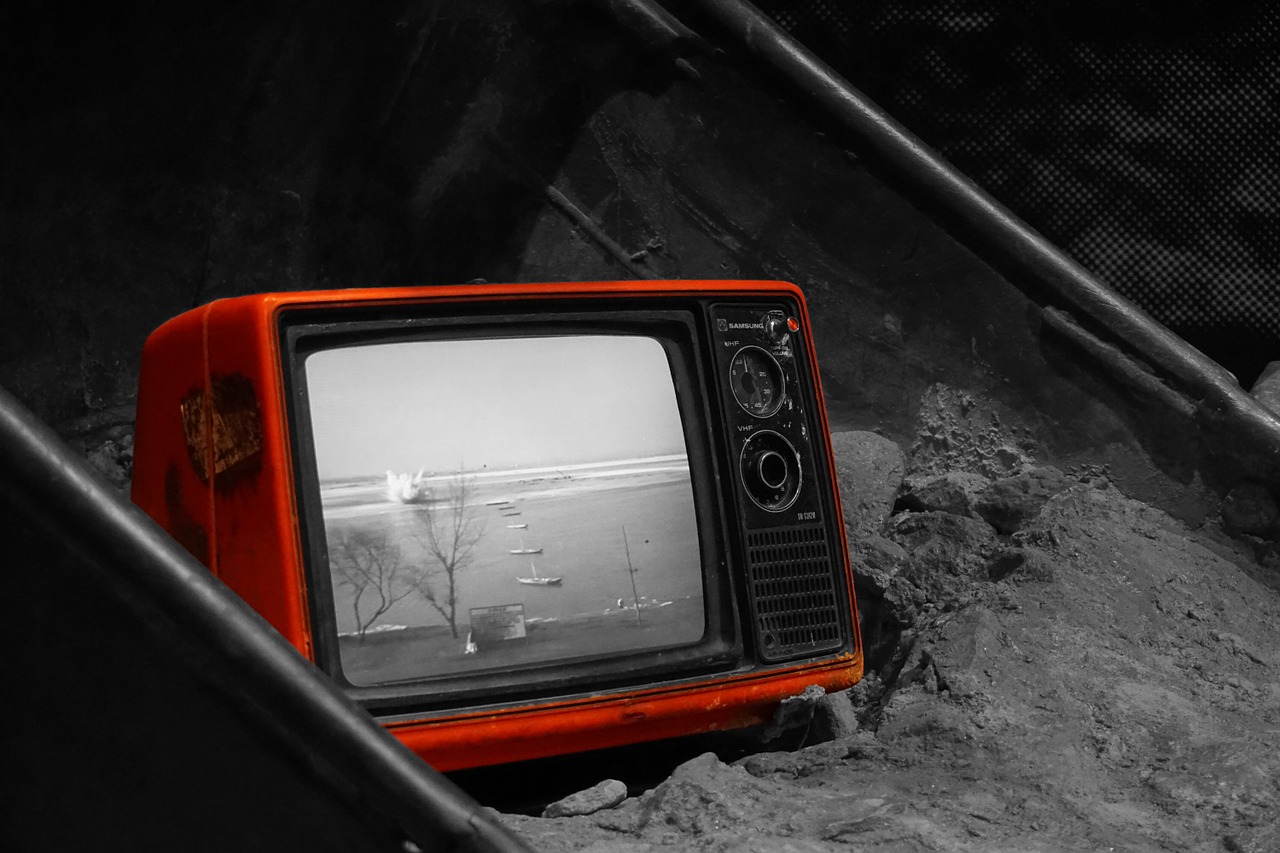1.28 Million US Residents Cut The TV Cord Last Quarter

It seems like only yesterday that the TV sector was busy insisting that TV cord cutting was a "fiction." Once that claim was proven hollow by the data, plenty of industry folks shifted toward claiming that the trend was being over-hyped and only temporary. Many claimed the trend would reverse itself once the housing markets stabilized (didn't happen) or Millennials started to procreate (didn't happen). Often, angry users who cut the cord (usually due to high prices or terrible customer service) were brushed side by executives and analysts as being irrelevant nobodies.
And while many in the TV sector now like to insist they saw the problem coming all along, it's genuinely embarrassing how many industry execs tried to wish the rise of additional competition away, believing that if they stuck their head deeply enough in terra firma, this major industry trend would just somehow go away.
It's not going away. With 2019's first quarter earnings in the books, data indicates that cord cutting continues to heat up, with another 1.28 million American consumers ditching traditional cable TV in the first quarter alone.
American cable giants like Comcast and Charter Spectrum were hard hit, but not quite as badly as satellite TV providers, who are losing customers in droves:
"Both Charter and Comcast saw their pay TV subscriber losses accelerate this quarter. Charter lost a net 145,000 video subscribers, up from 111,000 one year ago, and Comcast lost a net 121,000 video subscribers, up from 96,000 one year ago.
But it was DirecTV and Dish Network that sustained the most damage. AT&T’s total net video losses during the quarter totaled 627,000 – a net loss of 544,000 traditional video subscribers and 83,000 streaming TV subscribers. Dish lost approximately 266,000 satellite subscribers, a number that was only partially offset by 7,000 added Sling TV subscribers.
The irony here is that companies like AT&T actually saw the cord cutting threat coming and tried to get out ahead of it by offering a streaming service of their own (DirecTV Now). But AT&T's obsession with growth for growth's sake resulted in it paying more than $150 billion on mega mergers (DirecTV in 2015 and Time Warner in 2018) that saddled it with oceans of debt. To pay down this debt, AT&T began imposing annoying rate hikes on its streaming and traditional TV customers alike, only accelerating the defections. Not a brilliant strategy in hindsight.
Those best positioned to fight off the cord cutting threat remain cable giants like Charter Spectrum and Comcast. They've increasingly enjoyed significant regional monopolies over broadband. As a result they've imposed (technically) unnecessary usage caps and overage fees that not only jack up the cost of broadband overall, but punish those users who migrate to streaming with additional monthly costs. In other words, as they lose money on TV from competition, they'll just extract their pound of flesh in the form of higher broadband bills on captive customers stuck in markets with zero meaningful broadband competition.
Related Articles:
For years, we've noted how popular TV ratings firm Nielsen has turned a bit of a blind eye to cord cutting and the Internet video revolution, on one hand declaring that the idea of cord cutting was "pure fiction," while on the other hand admitting it wasn't actually bothering to track TV viewing on mobile devices. It's not surprising; Nielsen's bread and butter is paid for by traditional cable executives, and really, who wants to take the time to pull all those collective heads of out of the sand to inform them that their precious pay TV cash cow is dying?
We've discussed time and time again how, when faced with an evolving video market, the broadcast and cable industry repeatedly decided to double down on bad ideas. While consumers increasingly lamented having to pay $130 per month for a massive channel bundles filled with sub-par content, the industry refused to offer serious a la carte options and then jacked up prices even further. When consumers began to complain about high costs and annoying ads, cable and broadcast executives responded by trying to stuff more ads into every viewing hour by speeding up or editing down programs.



